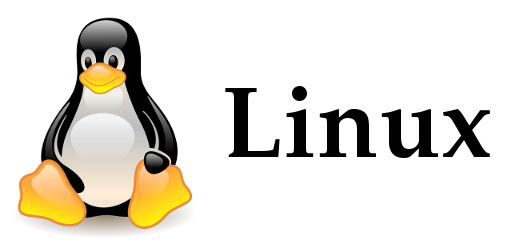History of Linux
In 1991, a Finnish student called Linus Torvalds started a project that would later be known as ‘The Linux kernel’. This Unix-based kernel is found in all distributions of Linux, whether it is Redhat, Fedora, CentOs, Ubuntu, …
When Linus started his project, he initially thought of it becoming something ‘not serious’ and ‘just for fun’. So the scope was limited to personal use only. Ever since, the Linux kernel has been expanded by various developers to support a wide range of computer architectures. There are also special interest groups and developers that dedicate their time and resources to develop this kernel even further, even large software and hardware companies.
As the interest grew, linux development picked up in pace, and more and more platforms became supported. Linux grew from something ‘platform restricted for individual use’ to ‘open to use on any platform for whatever purpose’. Using Linux became very popular to use as webservers, fileservers, hosting, networking and database management, and more.
Most of this software is freely available, sometimes permitting commercial usage, depending on the license.
There is also a wide range of distributions to choose from. Personally I prefer CentOs as it tries to be compatible with Redhat’s upstream repositories. But there are also distributions that rapidly develop and change how the operating system works, such as Fedora, which you can consider to be ‘more cutting-edge’. The choice and use for which distribution depends on your needs, and in what kind of environment you wish to use it (testing purposes, education, production environment …)
Linux usability
Linux however is extremely modifiable to suit your needs, whether you are looking for a web server, setting up a file transfer server or cloud service, you can do it with Linux. For people who are new to this operating system, things may look extremely complicated, especially if you switch from Windows or other operating systems with graphical environments. If you are looking for a desktop solution, there is a range of graphical interfaces available to you.
List of various linux distributions
- www.centos.org
- www.ubuntu.com – Consumer oriented Linux.
- www.getfedora.org – Rapidly evolving linux distribution.


Leave a Reply
You must be logged in to post a comment.